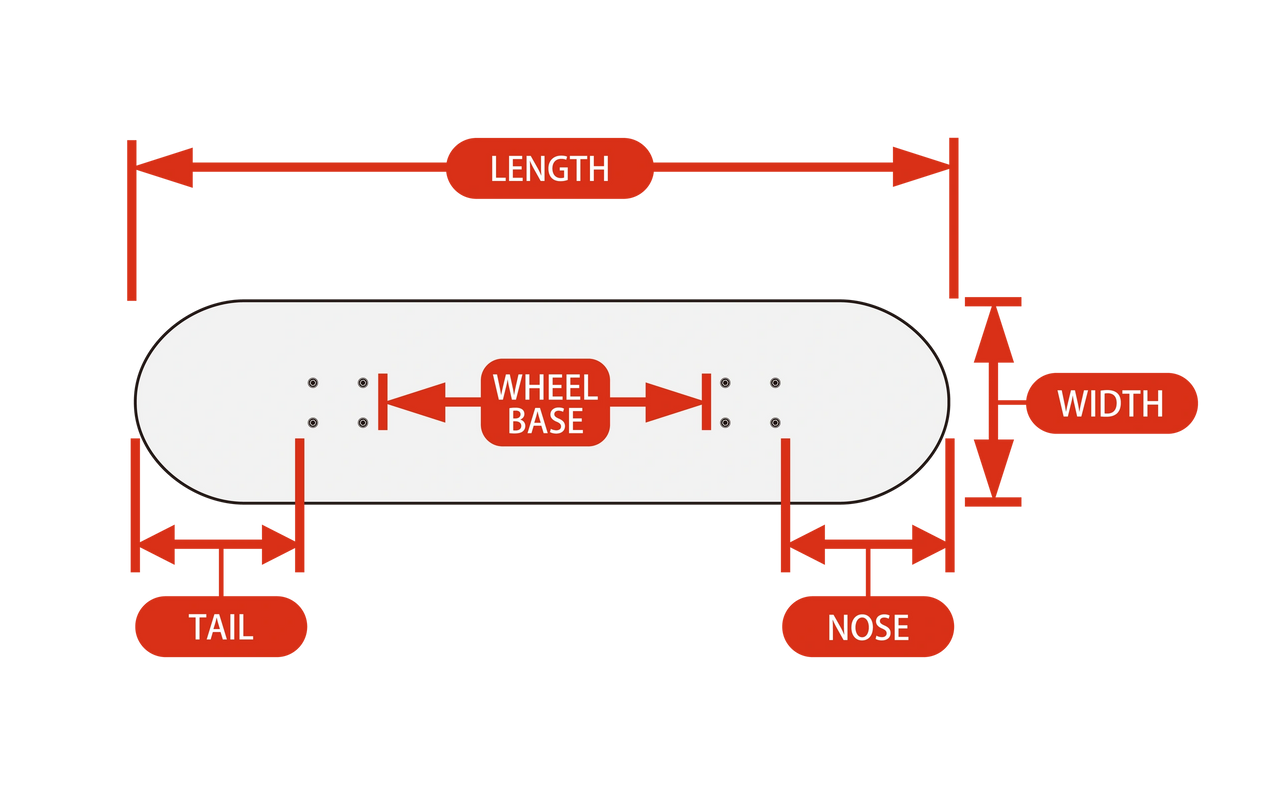Beginners Guide to Skateboarding

A Step-by-Step Journey to Riding with Confidence
Welcome to the exciting world of skateboarding! If you’re just starting, it’s essential to learn the basics to build a strong foundation for your skateboarding journey. This beginner’s guide will walk you through the fundamentals, helping you ride with confidence in no time.

Choosing Your First Skateboard:
Selecting the right skateboard is crucial for a beginner. Here are some factors to consider when buying your first board:
– Deck size: Choose a deck width based on your shoe size and personal preference. A wider deck (8.0″ – 8.5″) offers more stability, while a narrower deck (7.5″ – 8.0″) allows for easier trick execution.
– Trucks: Make sure the trucks match the width of your deck for optimal balance and control.
– Wheels: Softer wheels (78A – 87A) are more suitable for beginners, providing smoother rides and better grip on rough surfaces.
– Bearings: ABEC-rated bearings are commonly used in skateboarding. Higher ABEC ratings (5, 7, 9) offer greater precision and speed, but beginners can start with ABEC 3 or 5.
Stance and Foot Placement:
Determine whether you’re more comfortable riding with your left foot forward (regular stance) or right foot forward (goofy stance). Proper foot placement is crucial for balance:
– Front foot: Place it near the middle of the board, at a slight angle pointing towards the nose.
– Back foot: Place it on the tail, perpendicular to the deck’s length.
Pushing and Stopping:
Master the basics of propelling and stopping your skateboard:
– Pushing: With your front foot on the board, use your back foot to push off the ground. As you gain momentum, place your back foot on the tail.
– Stopping: Gently apply pressure on the tail with your back foot, causing the nose to lift off the ground. Step off the board with your front foot as it comes to a stop.
Turning and Carving:
Learn to maneuver your skateboard by leaning and shifting your weight:
– Leaning: Shift your weight to your toes or heels to tilt the board and change direction.
– Carving: Distribute your weight evenly between your front and back foot while leaning into turns for smoother, more controlled carving.
Basic Tricks and Techniques:
Once you’re comfortable with the fundamentals, start exploring simple tricks and techniques:
– Ollie: The foundation for many skateboarding tricks, the ollie involves jumping with your skateboard by simultaneously popping the tail and sliding your front foot towards the nose.
– Manual: Maintain your balance on just two wheels – either the front or back – by shifting your weight and controlling the board’s tilt.
– Drop-in: Learn to safely enter a ramp or bowl by placing your tail on the coping, leaning forward, and transferring your weight onto the board as you descend.
Safety and Etiquette:
Prioritize safety and respect for others while skateboarding:
– Wear protective gear, including a helmet, knee and elbow pads, and wrist guards.
– Respect other skaters and share the skatepark, taking turns and giving space.
– Be mindful of pedestrians and traffic when skating in public areas.
Practice and Progression:
Skateboarding takes time, patience, and practice. Above all, have fun!
